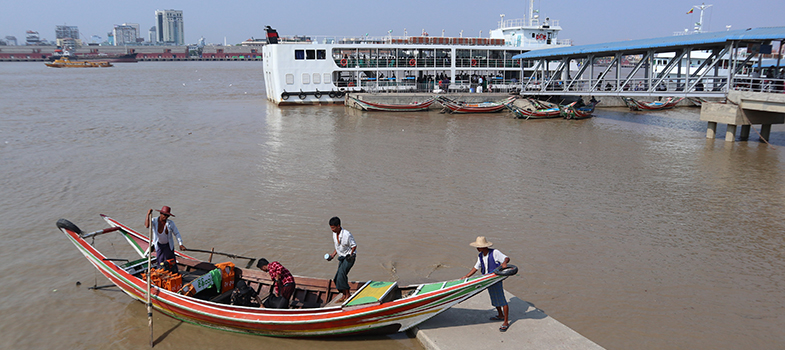3.6.2 Biological pollution
Microorganisms such as bacteria, virus and protozoa cause bacterial water pollution and as such are called pathogens. But it is not just humans that are affected by waterborne pathogens as farm and wild animals can also suffer from waterborne diseases. About 75% to 80% of water pollution is caused by domestic sewage. Water pollution causes approximately 14,000 human deaths per day, mostly due to contamination of drinking water by untreated sewage in developing countries (Owa, 2013).
Pathogens infect us in a number of ways. We can acquire them through drinking contaminated water or eating food that has been contaminated. Pathogens can be shed in faecal matter. This may pass into the water course through runoff, polluting surface water in rivers and lakes and groundwater in aquifers.
We can inhale infectious droplets or pick them up through the skin or through mucous membranes like our eyes and nose. Lastly, we can acquire pathogens from insects that bite us, which either breed in water or whose biology is dependent on being near water, like mosquitoes that cause malaria. As well as pathogens, there are lots of parasitic worms that are transmitted in water.
Question 5
a.
Chemical pollution
b.
Biological pollution
c.
Both
The correct answer is c.
Outbreaks of waterborne diseases such as cholera and diarrhoea are quite common in many areas of the country, especially densely populated urban slums, and towns and cities. 15% of all deaths of children under five in Myanmar are due to diarrheal diseases and a further 4% are due to malaria (ADB, 2017a).
3.6.1 Chemical pollution
